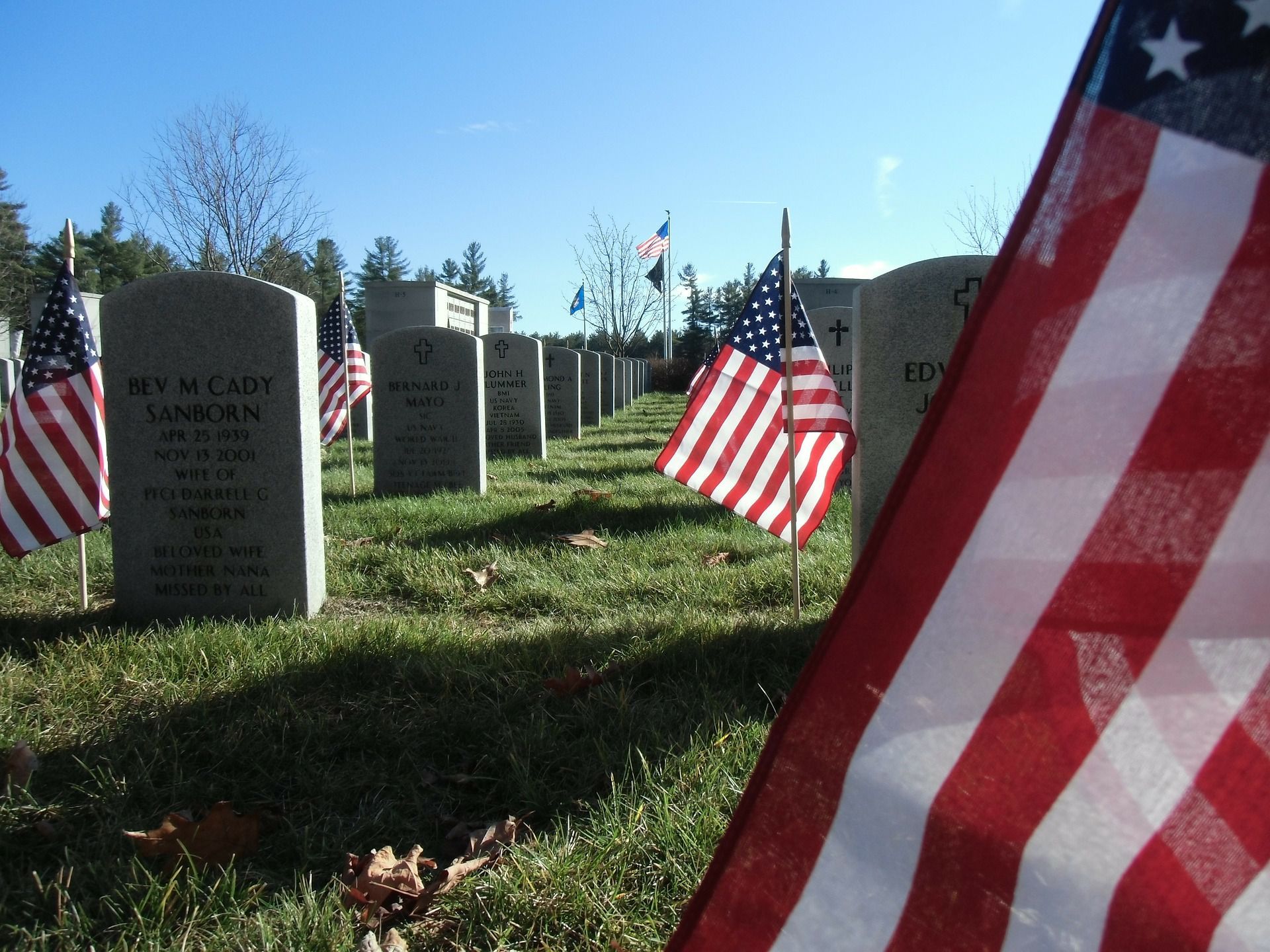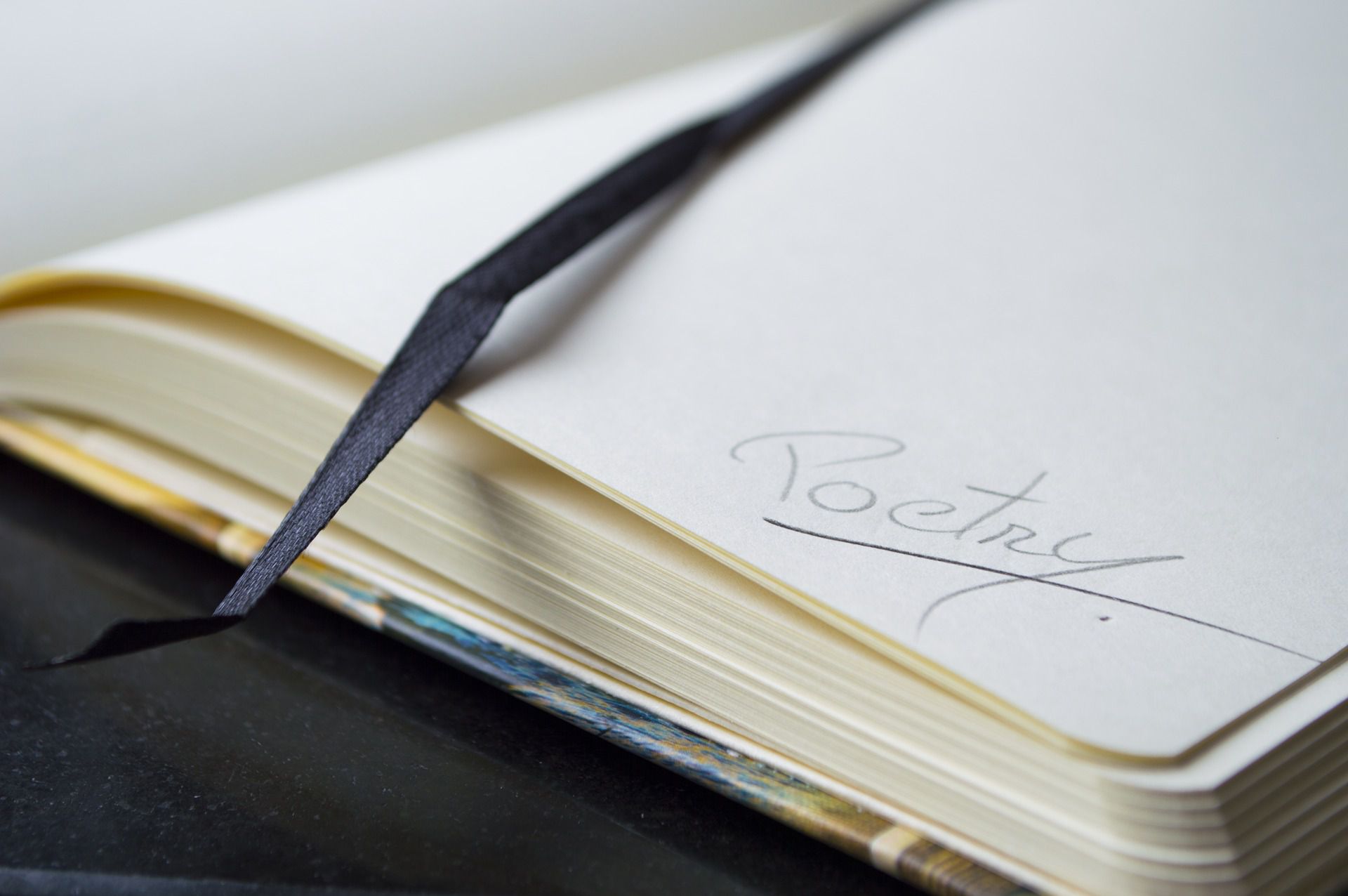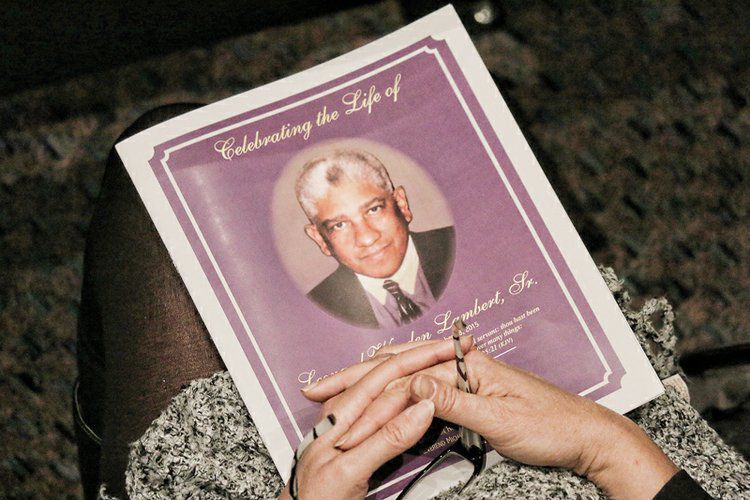


Did you know that you or your loved one can receive Military Funeral Honors even if the funeral is not at a Veteran National Cemetery? Not only is it possible to receive these honors for a service held in a private funeral home and cemetery, but their availability for eligible veterans is mandated by Public Law 106-65.
What are Military Funeral Honors?
The most basic services included in Military Funeral Honors are the folding and presenting of the flag (often to the widow/widower or next of kin) and the playing of taps. This process will be performed by a pair of Armed Forces members, one of whom will be from the deceased’s parent Service.
If the body is transported, the flag will often be placed over the casket. This tradition goes back to the Napoleonic Wars when the bodies of fallen soldiers were removed from the battlefield wrapped in the flag. The flag usually remains on the casket for the bulk of the graveside service until the rifle volley.
If the ceremony is held at a national cemetery, a team will fire three volleys from their rifles. The three volleys historically signaled a ceasefire and a time to clear the battlefield of casualties. Often mistaken for the 21-gun salute, the rifle volley typically precedes the playing of taps.
Taps is a bugle tune (a live bugler will be provided when possible, but they are rather rare and often a recording is played) from the Civil War era. The composition was originally played to alert army camps to turn the lights out for sleep and has grown into a traditional musical farewell for service members.
Before the casket is lowered, this flag is removed from the casket and folded by the two Armed Services members. The flag is folded in a very specific way that leaves only stars showing on one side. The presentation of this flag to the next of kin is a symbol of gratitude for their sacrifice.
Eligibility for Military Funeral Honors
As long as the military member was not dishonorably discharged, he or she is likely eligible for military funeral honors. The easiest way to confirm a loved one’s eligibility is to fill out DD Form 214, which will certify that the deceased was released or discharged from active duty. You can request this form from the National Archives.
How to Request Military Funeral Honors
The request for these honors is the responsibility of the funeral director. Once a family member expresses the desire to have these honors enacted at their loved one’s funeral, the funeral director will contact the military branch and arrange details. If the funeral is being held at a Veteran National Cemetery, the Administration will be the family’s point of contact for establishing these honors.


